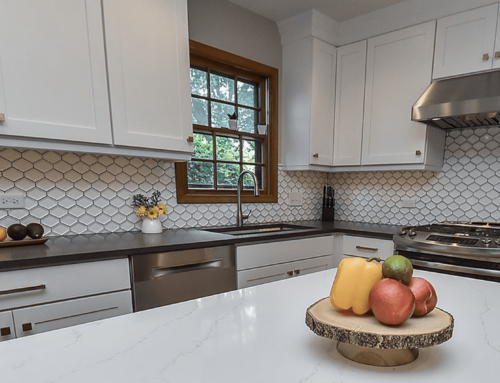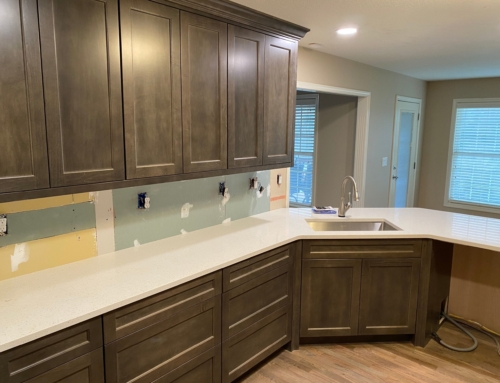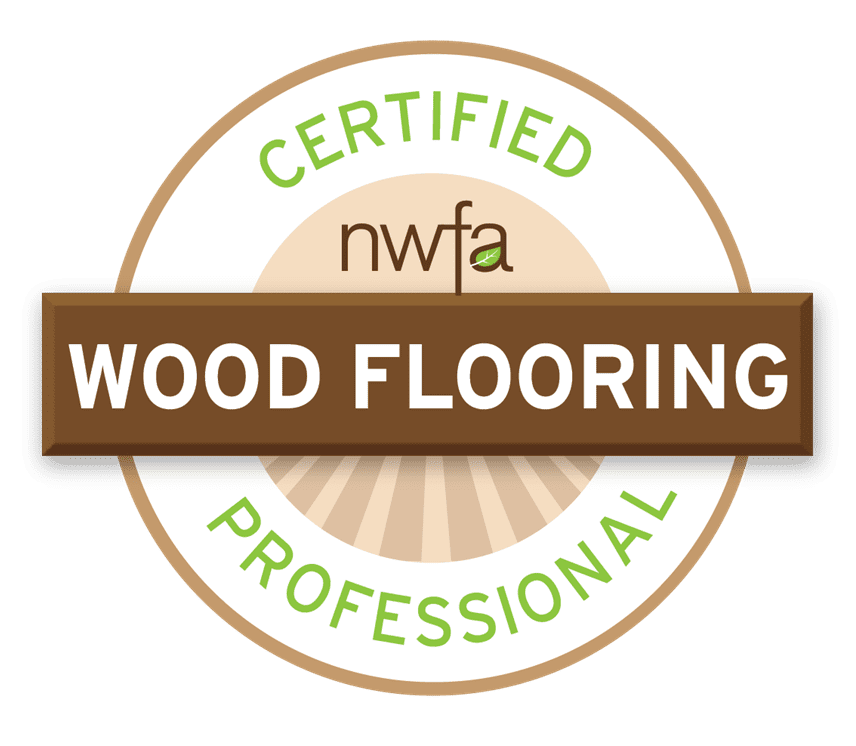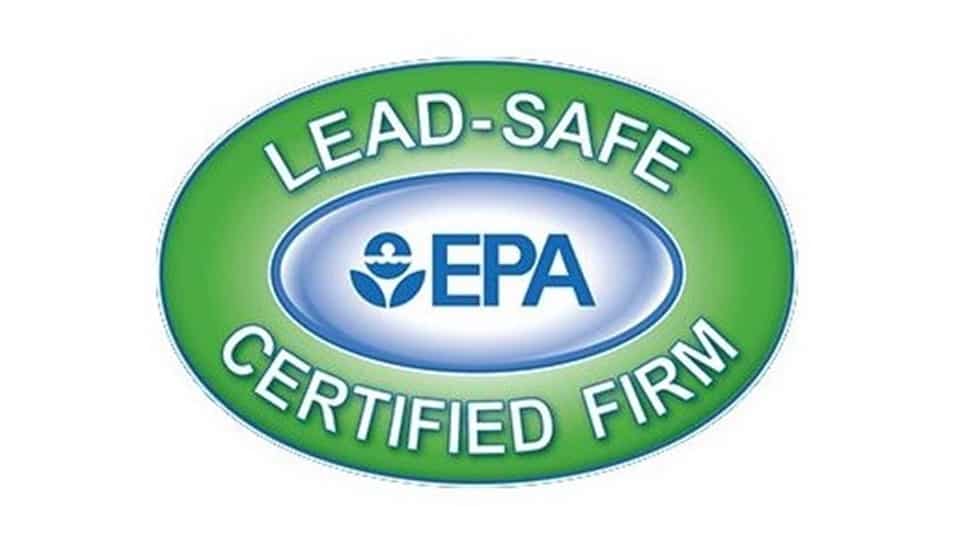You finally did it, you replaced your old, dilapidated floors with the real deal, but now you’re wondering—how do I clean and maintain my new hardwood floors? After all, the biggest part of the allure of true hardwood is how it looks and feels. You want to make sure it’s as elegant this time next year as it is right now.
If you’ve never had hardwood floors before, or even if you have but this is the first time you’re looking it up, you may be wondering what kind of soap to use on hardwood, do you need to sand and refinish hardwood after a certain amount of time, or just what do you need to do to keep hardwood looking like new for years to come?
There are some preventative tips that will help you reduce scratches and wear on the finish, as well as some general maintenance suggestions that will clean your hardwood floors without wearing them away and making them get dull. There’s nothing more classic than hardwood floors, so they’re not going out of style any time soon. You want to make sure that yours outlast the trend that’s still going strong after hundreds and hundreds of years.
Actually, that’s one of the amazing things about hardwood—it lasts a lifetime (or several!) as long as you take care of it. Even floors that are a century old or older can look fantastic when they’ve been sanded and refinished, if they’ve been maintained properly. The truth is, hardwood isn’t nearly as delicate as some people would have you believe (probably the people selling hardwood “alternatives”). That said, it’s not maintenance-free, so if you neglect it you will most definitely see a degradation in quality over time.
One of the most important aspects you can control in maintaining real hardwood floors is that you keep the environment inside your home consistent from day to day and season to season. If you let your house get hot and humid in the summer, then cold and dry in the winter, that is going to stress out your hardwood tremendously. Wood expands when it’s warm and humid, and contracts when it gets cold and dry, so if you don’t maintain consistent temperature and humidity you are needlessly stressing your hardwood, and over time it will show.
A little bit of expansion and contraction is normal and to be expected—it’s the giant swings from one extreme to the other that must be avoided. If the change is drastic, especially if something cataclysmic happens, like your air conditioning goes out in the middle of a hot, humid summer and you don’t get it fixed for several weeks, you’re going to start seeing buckling, warping and curling. Again, a little bit of this is normal and recoverable, but if it persists or the extremes become too dramatic, you’re in for trouble.
Once the basic shape of the panels has been permanently distorted, there’s pretty much no going back. The only answer is going to be to replace the floor.
Another problem you can’t fix is breakage, which is far more likely to happen when the air becomes unusually dry, like in the wintertime. When it is too cold and dry, your wood will lose much of its moisture content and run the risk of it splitting, splintering, cracking and spacing.
Especially if you’ve recently finished your whole house in hardwood, it might be wise to invest in a hygrometer, or humidity monitor. Hydrometers are the best instrument to have for monitoring your indoor temperature and relative humidity levels, which should remain between 35% and 55%.
There are also some personal habits you can adopt that will help prolong your hardwood floor’s life. First off, always take off shoes. Shoes can bring in debris and other dirt that can scratch and wear off the finish of your floors. Second, invest in some mats. Keep mats at doorways of entry and exit points. If you have hardwood in the kitchen, a good idea is to keep mats in front of the stove and sink. The stove and sink area receive a lot of traffic. The finish tends to wear faster in these areas that other areas of the kitchen. By placing mats it’s not only softer on your feet, but it serves a purpose in preserving your wood floors.
Next, put felt pads under furniture legs. This one step alone can make or break the finish on your hardwood floors. Make sure to change the pads from time to time to keep them clean and free of debris. The felt will protect your floors from the consistent movement of the chairs.
Do not, under any circumstances, use harsh chemicals to clean your floor. Refrain from using harsh chemicals on your floors. For polyurethane-coated and prefinished hardwood, use something like ammonia-free Windex. For oiled floors, follow the manufacturer’s recommendations—usually something like Murphy’s Oil Soap. Often times, companies that manufacture oiled floors will have their own cleaning products they recommend to use, which is similar to Murphy’s.
If you need to scrub off some gunk, use non-abrasive cleaning pads. Don’t use a cleaning pad that is abrasive, or you will scratch the finish on your floors. Dry Swifter pads are perfect for the in-between cleanings on hardwood. They are soft—but effective—at cleaning debris. Make sure, however, that when user a Swifter, there aren’t small hard particles that can scratch the finish. If you hear something scraping, stop and change the pad immediately.
Avoid mopping with a lot of water. Instead, mist the floor with cleanser and wiping it up right away. Avoid, at all costs, using a mop and bucket of water.
Don’t install hardwood in areas of the home where it just isn’t the right choice. For example, in a laundry area. Laundry rooms are a high-moisture area. Your floors run the risk of buckling due to water spillage from the washing machine. Plus, the movement of the machines can scratch and damage the wood. As far as installing hardwood in a basement goes, it’s is a case by case situation. Some basements are suitable for hardwood, while other basements are not suitable for hardwood.
Bathrooms are other areas where hardwood is not the best choice. While it may look beautiful, it’s not very practical. If wood in installed in your bathroom, make sure to wipe of any water that has fallen onto the floors right away. Keeps bath and sink mats dry at all times. Also, keep moisture to a minimum. If hardwood is installed in a bathroom that has a bathtub and shower, make sure to fully exhaust and dry out the steam the shower creates.
Ready to convert to hardwood, or still on the fence? Check out our guide to hardwood and hardwood-inspired flooring to help you decide which kind is right for you. Ready for a hassle-free quote with a pricing guarantee? Call or email Flooring Masters & Professional Remodelers today for a free consultation. We know you only want the best in flooring. That’s why it’s important to hire the best in the business, and at Flooring Masters & Professional Remodelers, we can guarantee you that’s us.
Flooring Masters & Professional Remodelers have been flooring and remodeling Kentuckiana for over 30 years. Our certified installers have the ingenuity and know-how to assist you in choosing the perfect floors for your home. Don’t take matters into your own hands—let us guide your next project.











